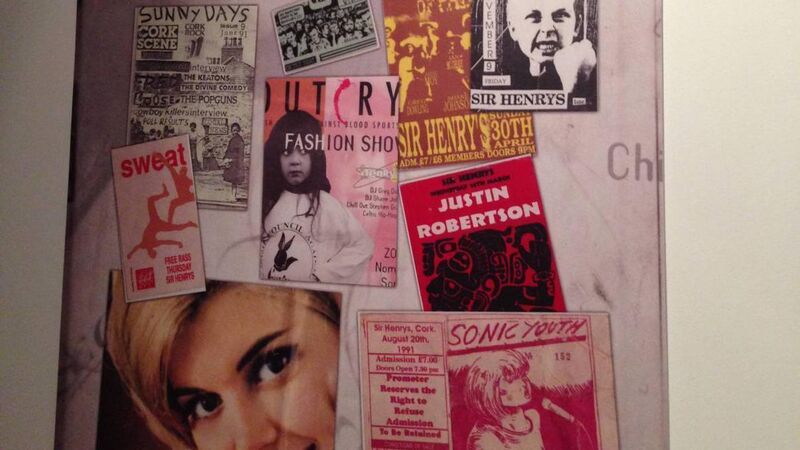Stevie G: Preserving culture in a digital world

Music is one of the art forms where the sheer volume of it now makes it hard to navigate. Many artists and fans feel it has been devalued somewhat in recent years.
Paying €10 or so for a record obviously makes me value that more than a stream that I might have got for relatively nothing. But, whatever about the devaluation of culture, we are also in danger of some of that culture being erased too.
I was sitting in my studio surrounded by thousands of vinyl records as a Congolese guy told me that he was busy preserving unique copies of music that was being wiped out by the conflict over there. My studio could disappear tomorrow, and there would be physical and digital copies elsewhere, but he was trying to preserve the last copies of art that might be lost forever. Theft, looting, and unrest have meant that much art has disappeared over there, while the country lacks sufficient storage and museums to preserve its valued heritage. We take so much of our own heritage for granted here, but it too is in danger in other ways.
The move to a digital world may have made music and other artforms more ubiquitous, but it’s worth remembering that we are at the mercy of those who now host this art too. Facebook recently warned us to download our videos that we may have stored on that platform before they deleted them.
While it was hardly the Louvre when it came to modern art, I’m sure it meant we lost some good stuff too.
Social media may be a bit throwaway artwise, but many of us use these sites to spread art and culture, and if the hosts change or delete this art, it may be lost forever. It’s hard to believe that before Elon Musk took over, Twitter was a great platform for the arts. A few years later, it’s a site that is very hard to navigate from a retrospective point of view, and lots of great work is lost forever. Many great blogs and other social media posts have disappeared as websites have been deleted, and it just shows how transient the digital world is.
The throwaway nature of much of this culture means that many would not call it culture at all, but I’d argue that even something as insubstantial as a gig flyer is important.
In the 1990s, these flyers were our social media alongside stuff like mixtapes and fanzines, and they remain an important portal into a time from my own generation’s youth. The history of gig and club culture may not be important to everyone, but it remains imperative that those who were there are the ones who tell the story.
Flyers and mixtapes and photos and other documentation may have been lost since, and sometimes the stories and narrative change too.
I worked for nearly 10 years in a well-known club, Sir Henry’s, and it’s a well-acknowledged fact that people from all walks of life and backgrounds mixed seamlessly together in the venue.
Recently, someone on one of my TikTok posts tried to tell me that this was because Cork was culturally more one-dimensional at the time, and suggested that it would not have worked in the modern era because we have so many migrants.
It was the most ludicrous thing I’ve ever heard.
It ignored the fact that the hip-hop, reggae, and house music being played there was often music made by migrants. The visiting DJs from other cultures were always welcomed like royalty too, as were those of different cultural backgrounds.
This guy was trying to create a false narrative, but was reminded that I was there, and he deleted his post.
Our stories and history remain important, no matter how insignificant they may seem to be, and it’s important that we preserve any physical artefacts too, in an ever more lawless digital world.







